By Blaine Taylor
The Allied indictment against Hermann Wilhelm Göring (1893-1946) at Nuremberg as issued by the International Military Tribunal in 1945 reads as follows:
“The defendant Göring between 1932-45 was: member of the Nazi Party, Supreme Leader of the SA (Brownshirts), General in the SS, a member and President of the Reichstag, Minister of the Interior of Prussia, Chief of the Prussian Police and Prussian Secret Police, Chief of the Prussian State Council, Trustee of the Four Year Plan; “Reich Minister for Air, Commander-in-Chief of the Air Force, President of the Council of Ministers for the Defense of the Reich, member of the Secret Cabinet Council, head of the Hermann Göring Industrial Combine, and Successor Designate to Hitler. The defendant Göring used the foregoing positions, his personal influence, and his intimate connection with the Führer in such a manner that: he promoted the accession to power of the Nazi conspirators and the consolidation of their control over Germany set forth in Count One;
“He promoted the military and economic preparation for war set forth in Count One, he participated in the planning and preparations of the Nazi conspirators for wars of aggression and wars in violation of international treaties, agreements and assurances set forth in Counts One and Two, and he authorized, directed and participated in the war crimes set forth in Count Three;
“And the crimes against humanity set forth in Count Four, including a wide variety of crimes against persons and property.”
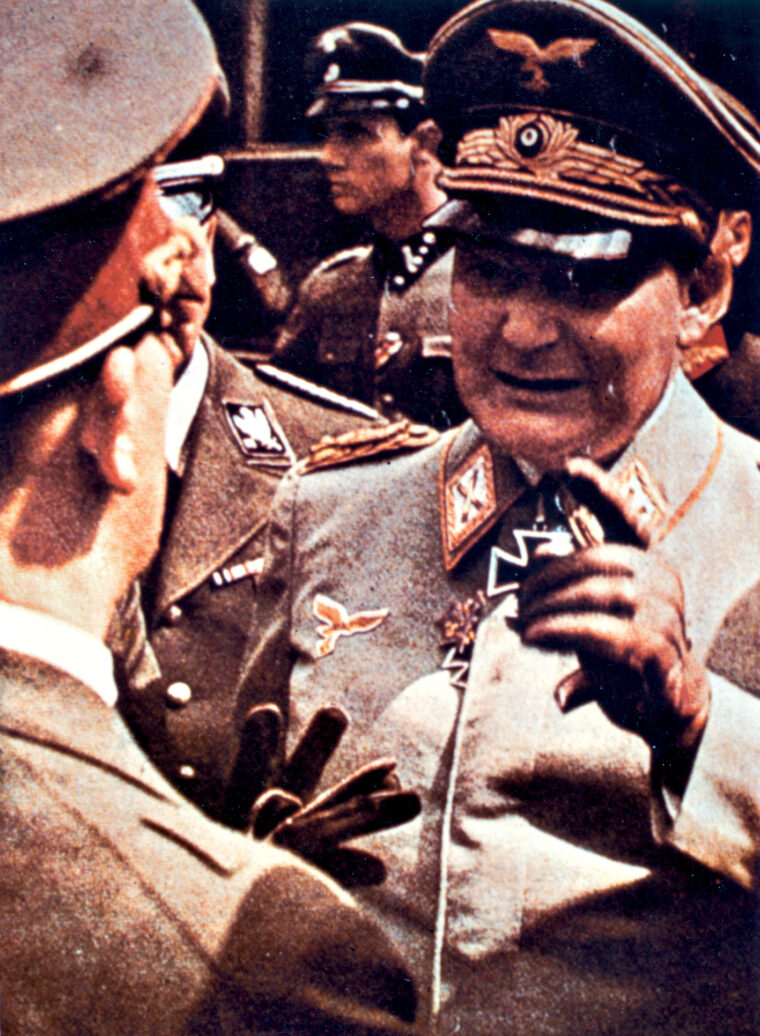
Guilt ‘Unique in its Enormity’
On September 30, 1946, the Nuremberg Tribunal’s Chief Justice, Lord Geoffrey Lawrence, said of Göring—defendant number one at Nuremberg:
“There is nothing to be said in mitigation. For Göring was often, indeed almost always, the moving force, second only to his Leader. He was the leading war aggressor, both as political and as military leader; he was the director of the slave labor program and the creator of the oppressive program against the Jews and other races, at home and abroad. All these crimes he frankly admitted. On some specific cases there may be conflict in testimony, but in terms of the broad outline his own admissions are more than sufficiently wide to be conclusive of his guilt. His guilt is unique in its enormity.
“The record discloses no excuses for this man.”
Thus, Hermann Wilhelm Göring was pronounced guilty on all four counts of the indictment and sentenced to hang. On the evening of October 15, 1946, he was secretly scheduled to be hanged. However, he took a cyanide capsule he had evidently managed to keep hidden. It killed him in five minutes. He received the last rites of his Lutheran faith and died at 10:50 pm.
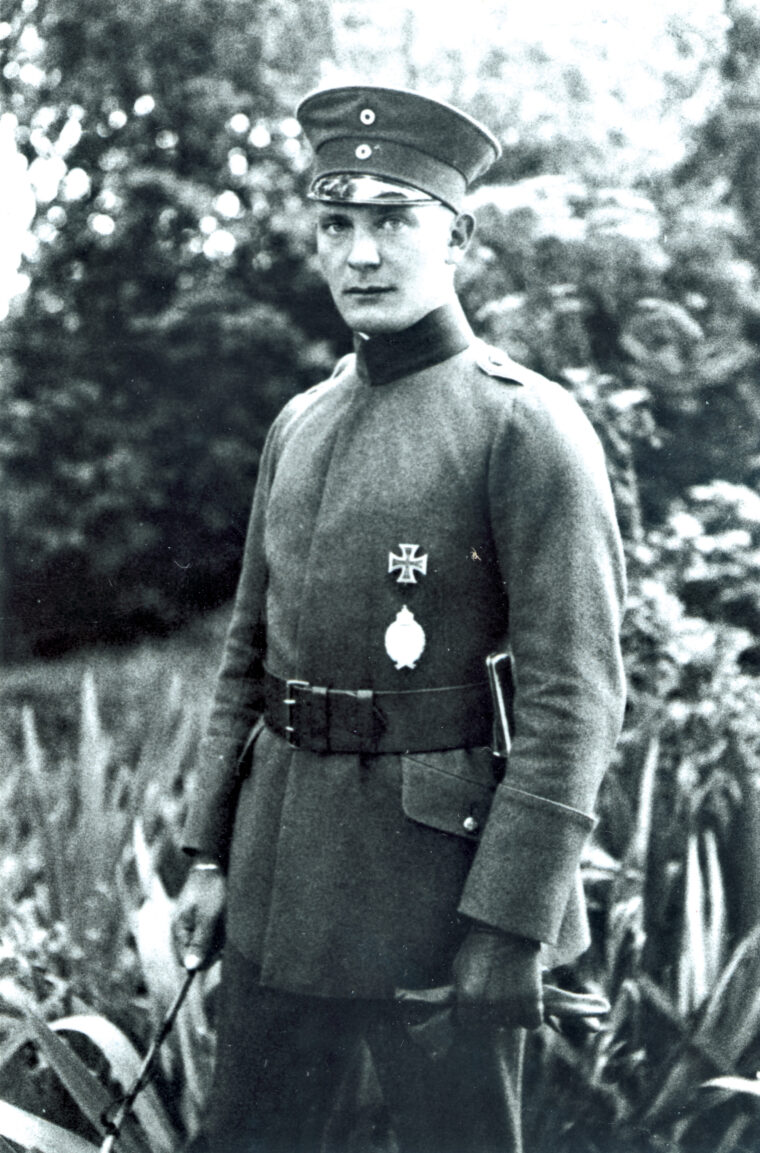
A Legacy of Impressive Accomplishment… and Extreme Evil
The indictment failed to mention that Göring was both a German field marshal and the ranking officer of all the armed forces of World War II as the reich marshal appointed by Adolf Hitler, his Führer, a sort of six-star general—a title that still stands, by the way. It also failed to mention that he was a morphine addict for many years of his adult life, and had once been put into a straight jacket and committed by his first wife to an asylum for the insane in Sweden. Just a few short years later, Hermann Göring was one of the mightiest men on Earth, and also one of the richest. He created one of the globe’s greatest air forces, yet did all he could to prevent the outbreak of World War II.
Truly his life and career are like no other in modern times. The photographs shown here come from his 47 personal photo albums in the Library of Congress in Washington, DC, as well as other public and private sources discovered since. This is Hermann Göring as he saw himself.
Blaine Taylor of Towson, Md. is the author of a trio of books on World War II, and is at work on a multivolumed illustrated biography of Hermann Göring.
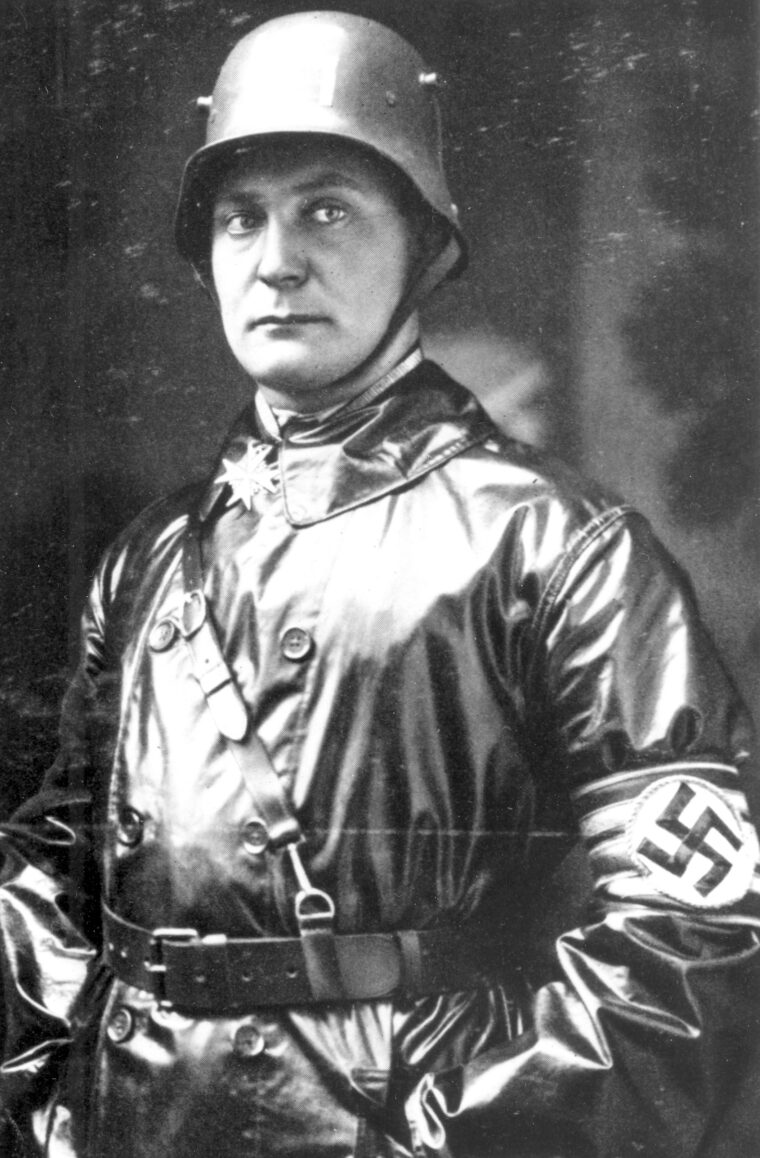
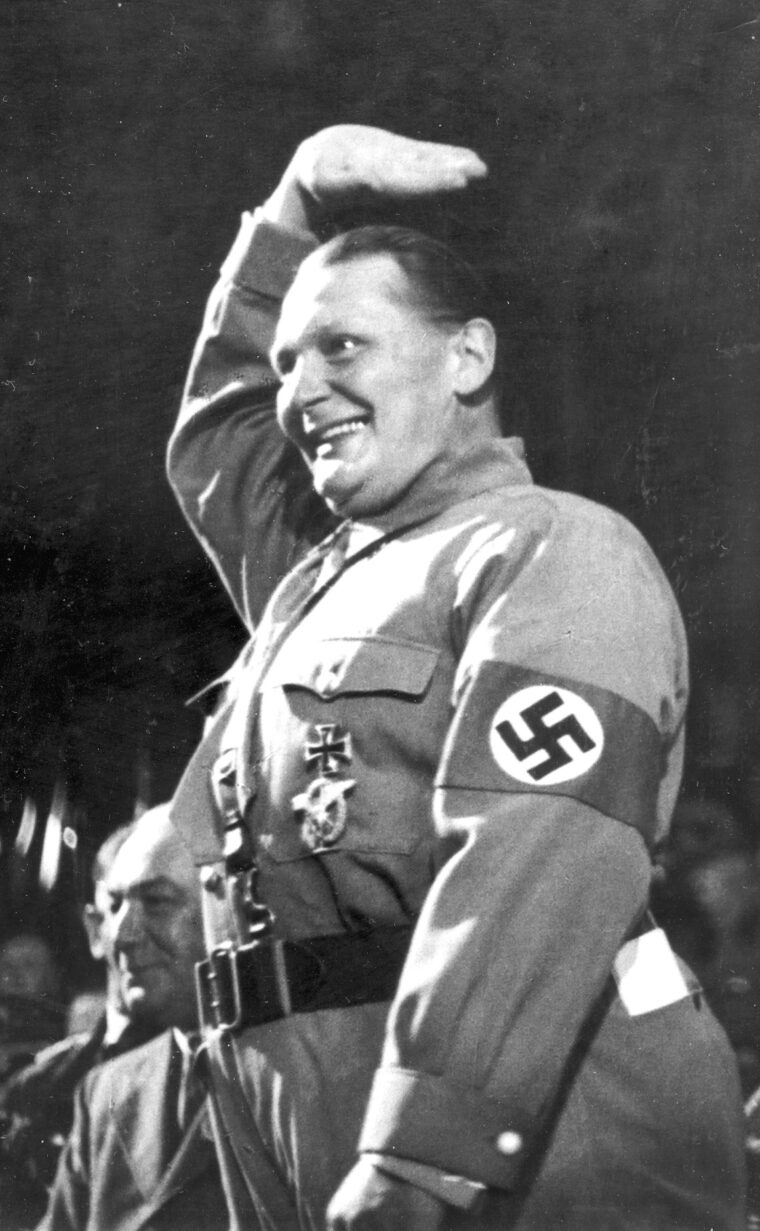
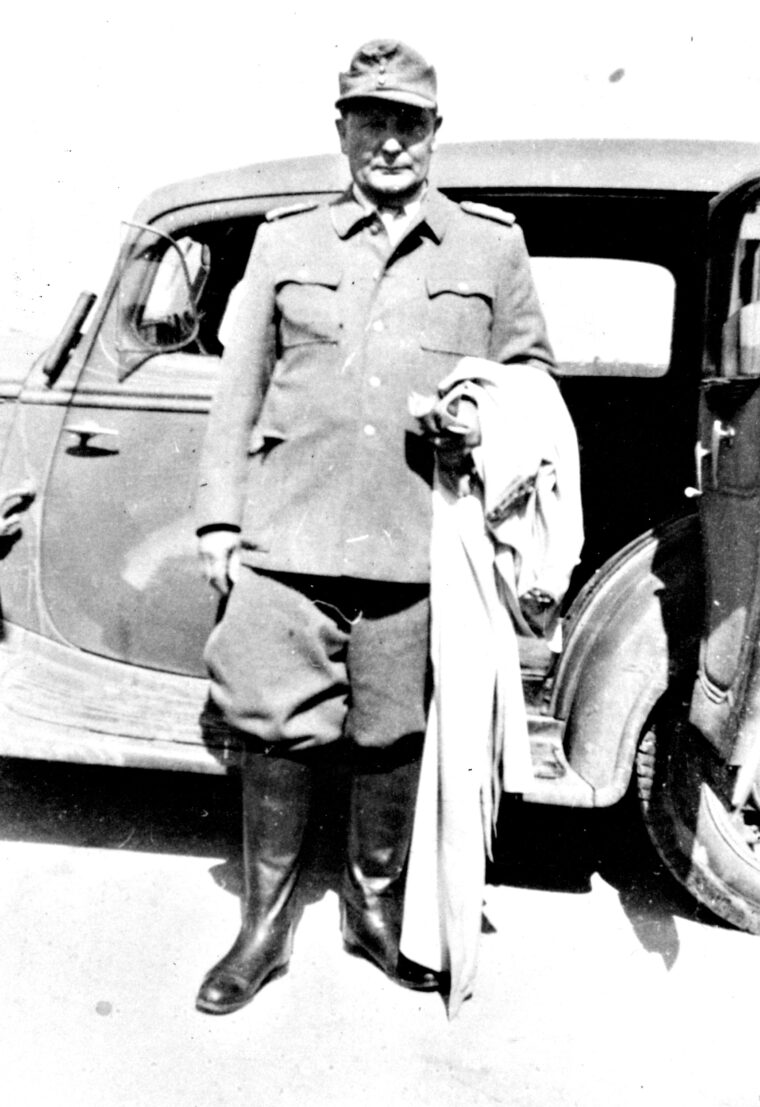
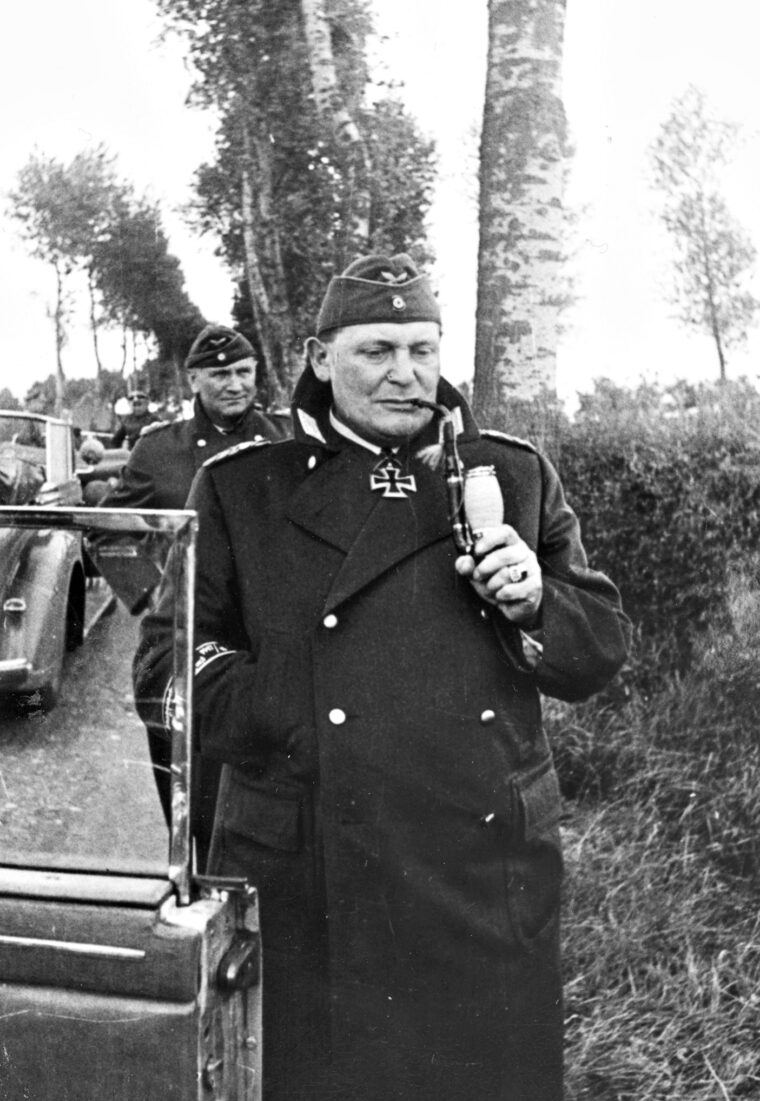
Luftwaffe Air Fleet II on September 9, 1940, during the Battle of Britain.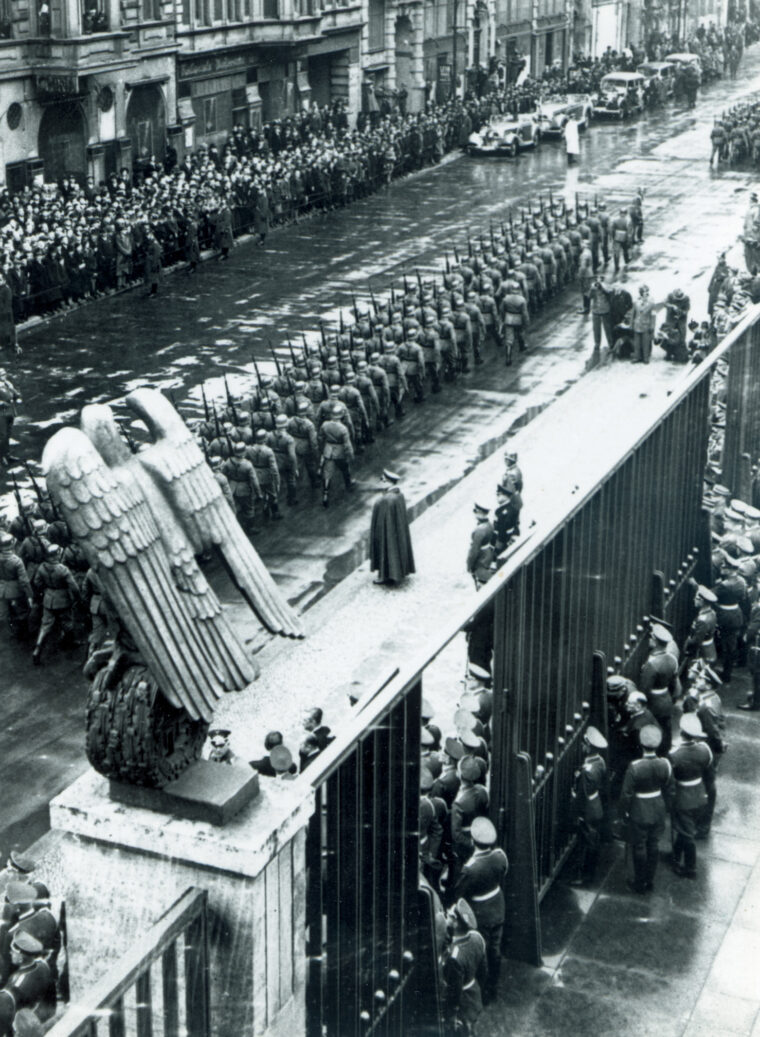
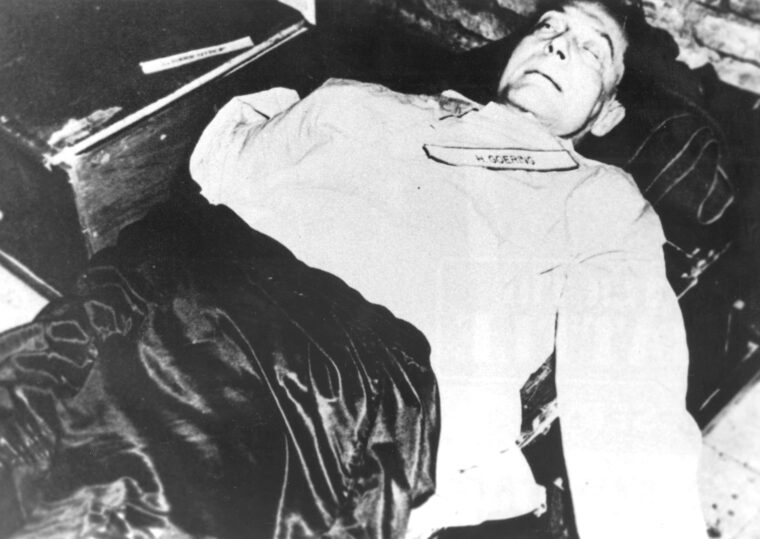
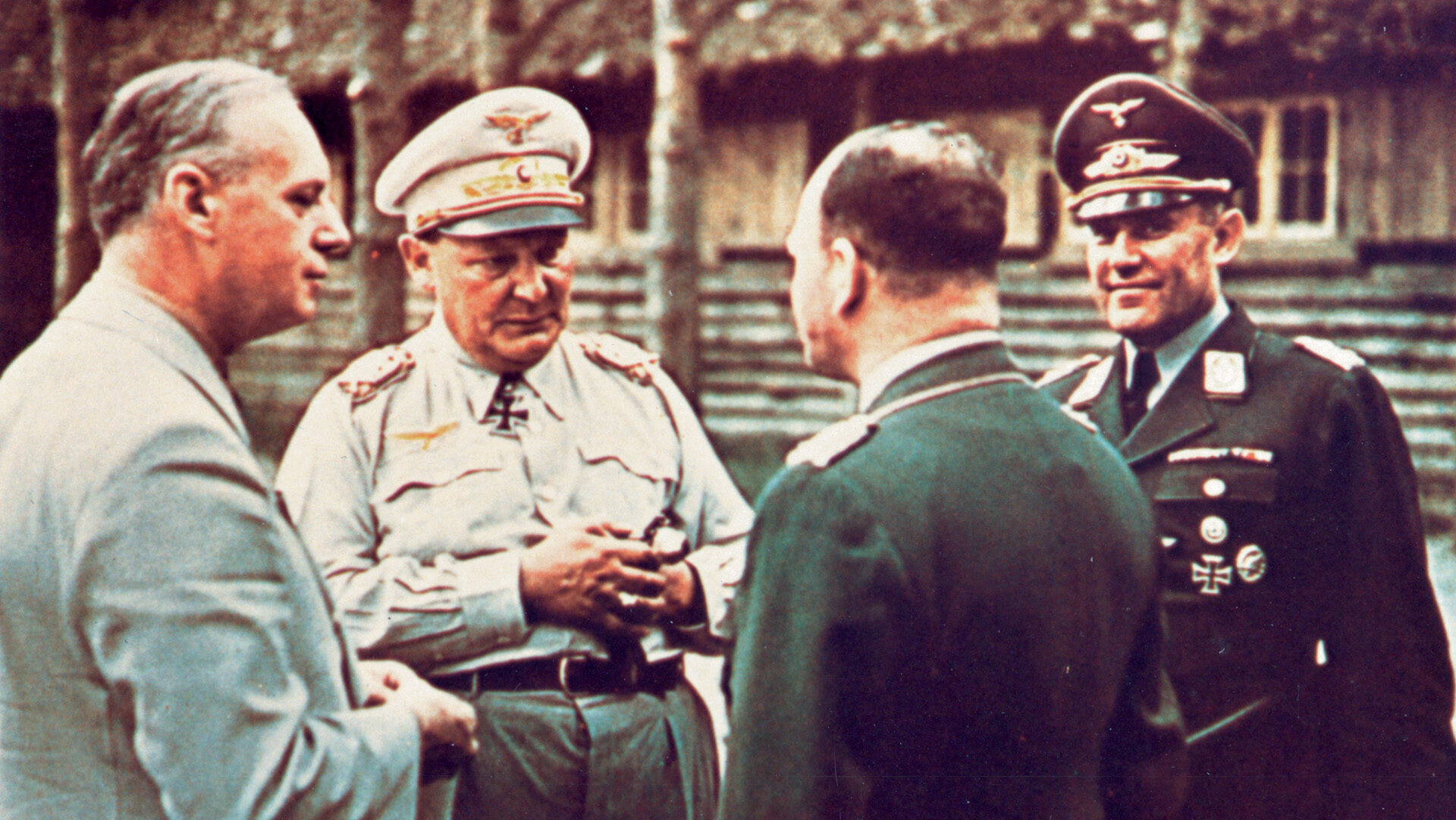
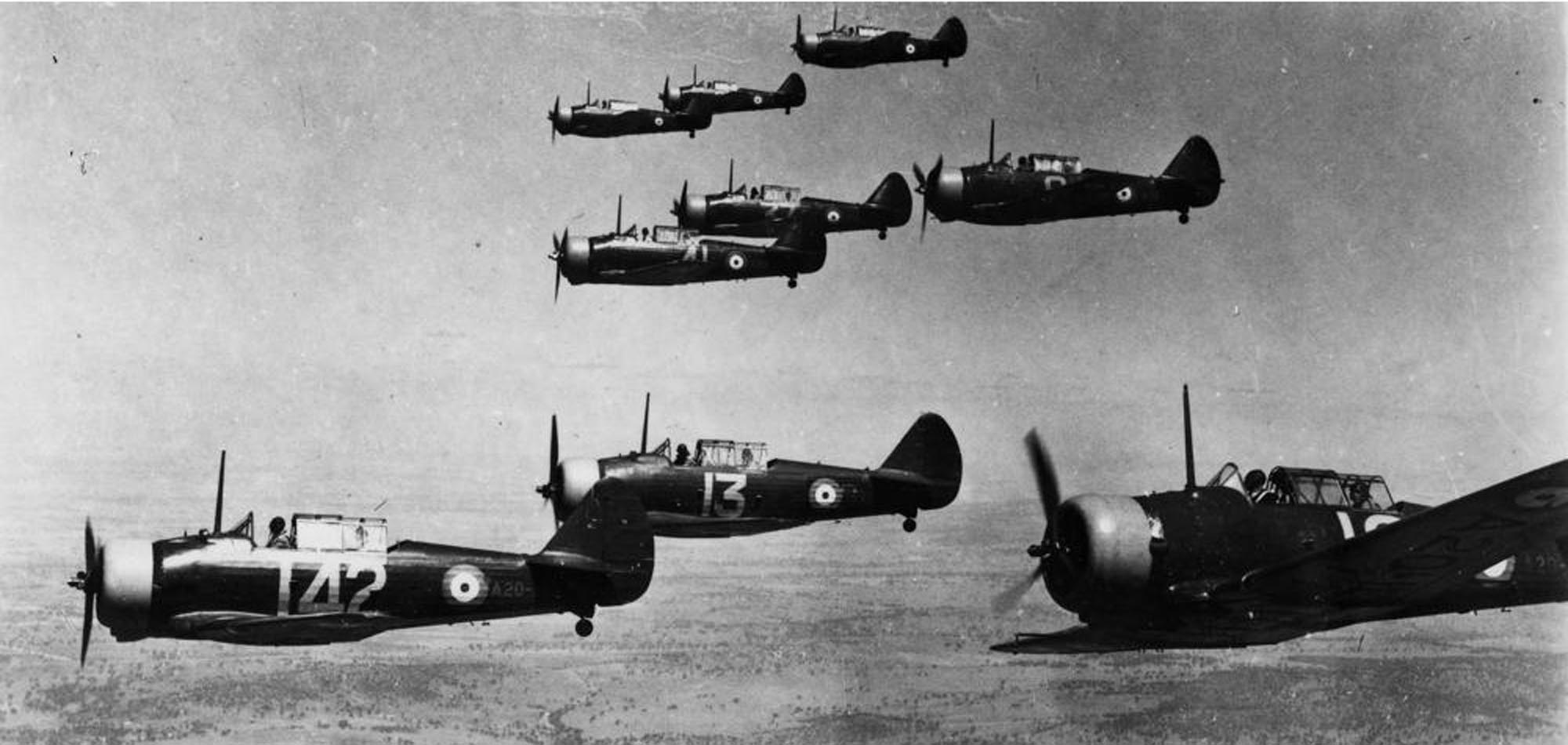

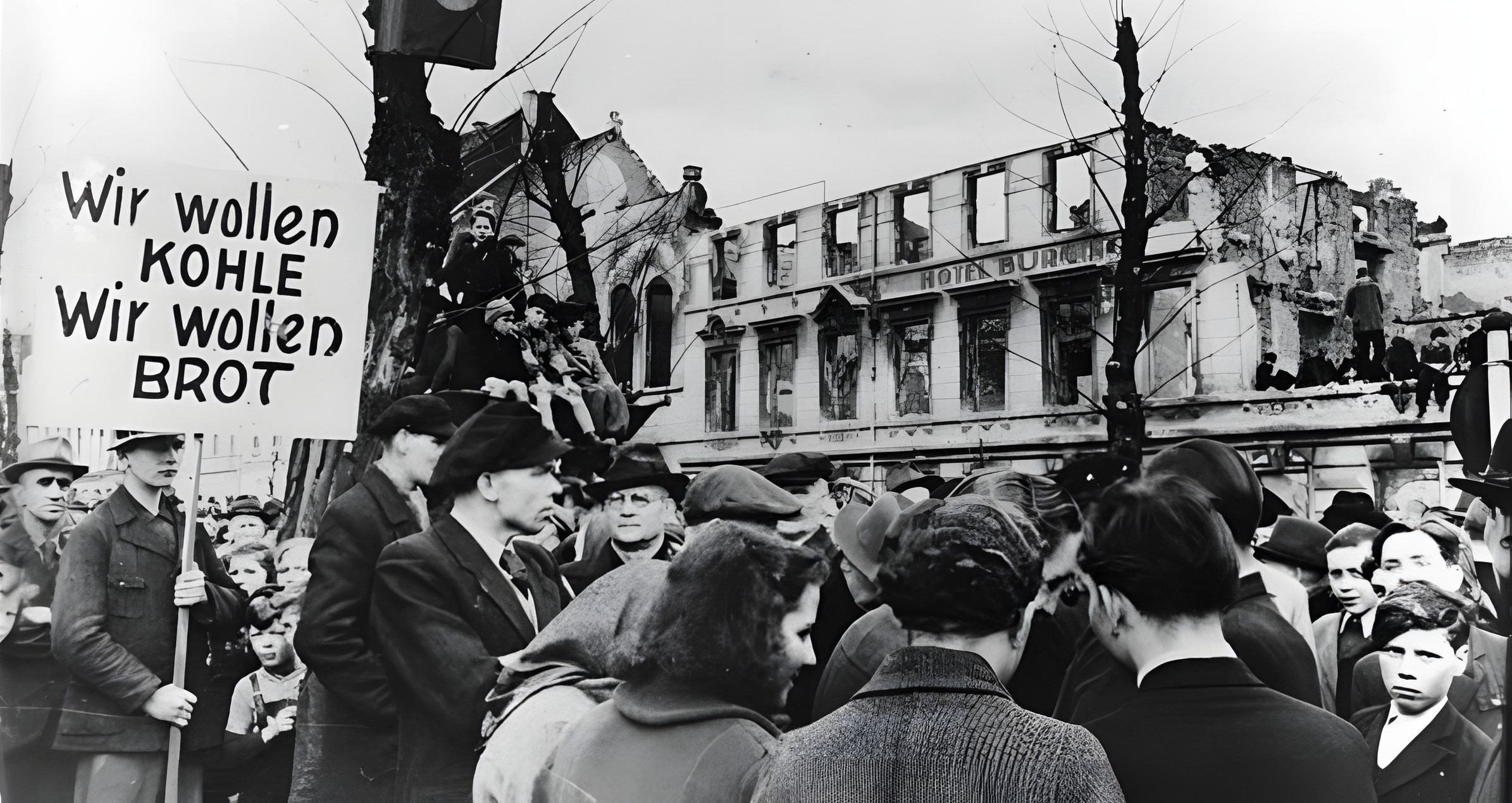
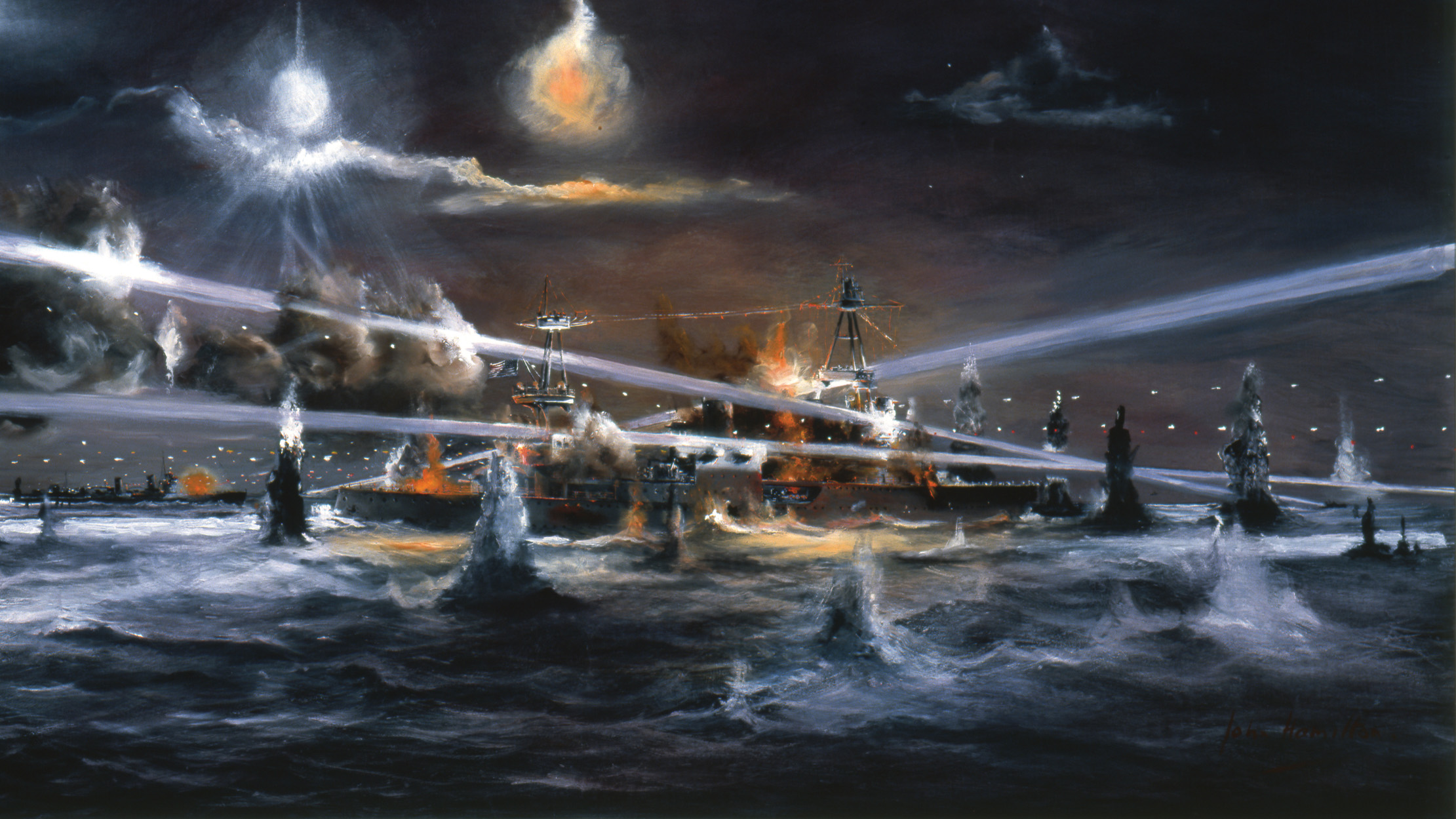
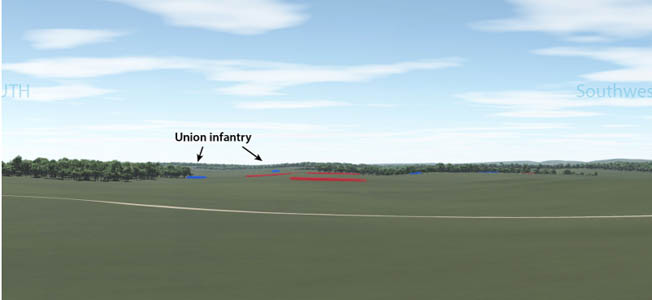
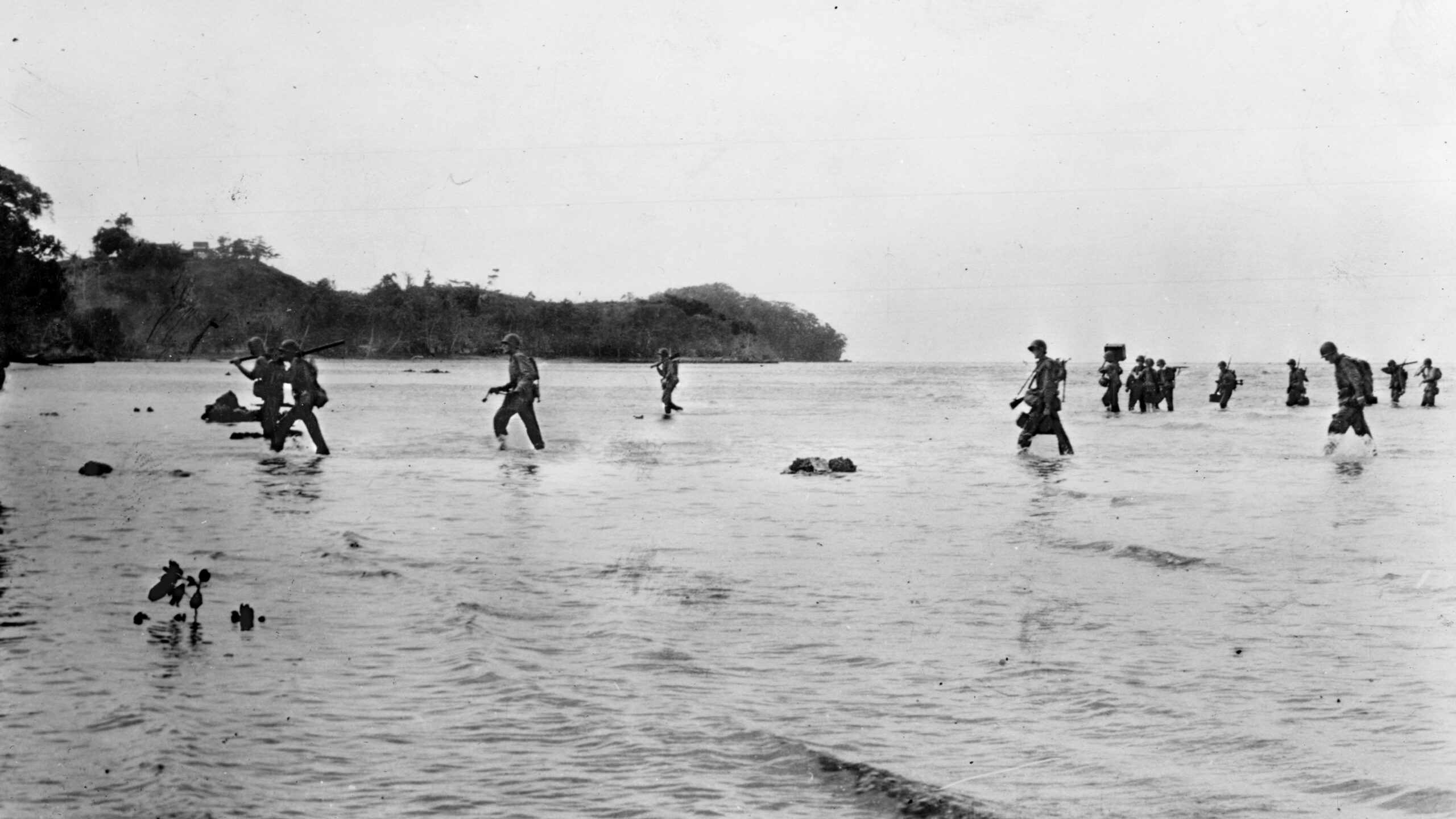

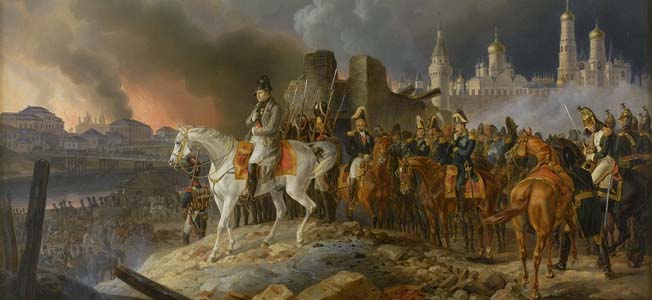
Join The Conversation
Comments
View All Comments